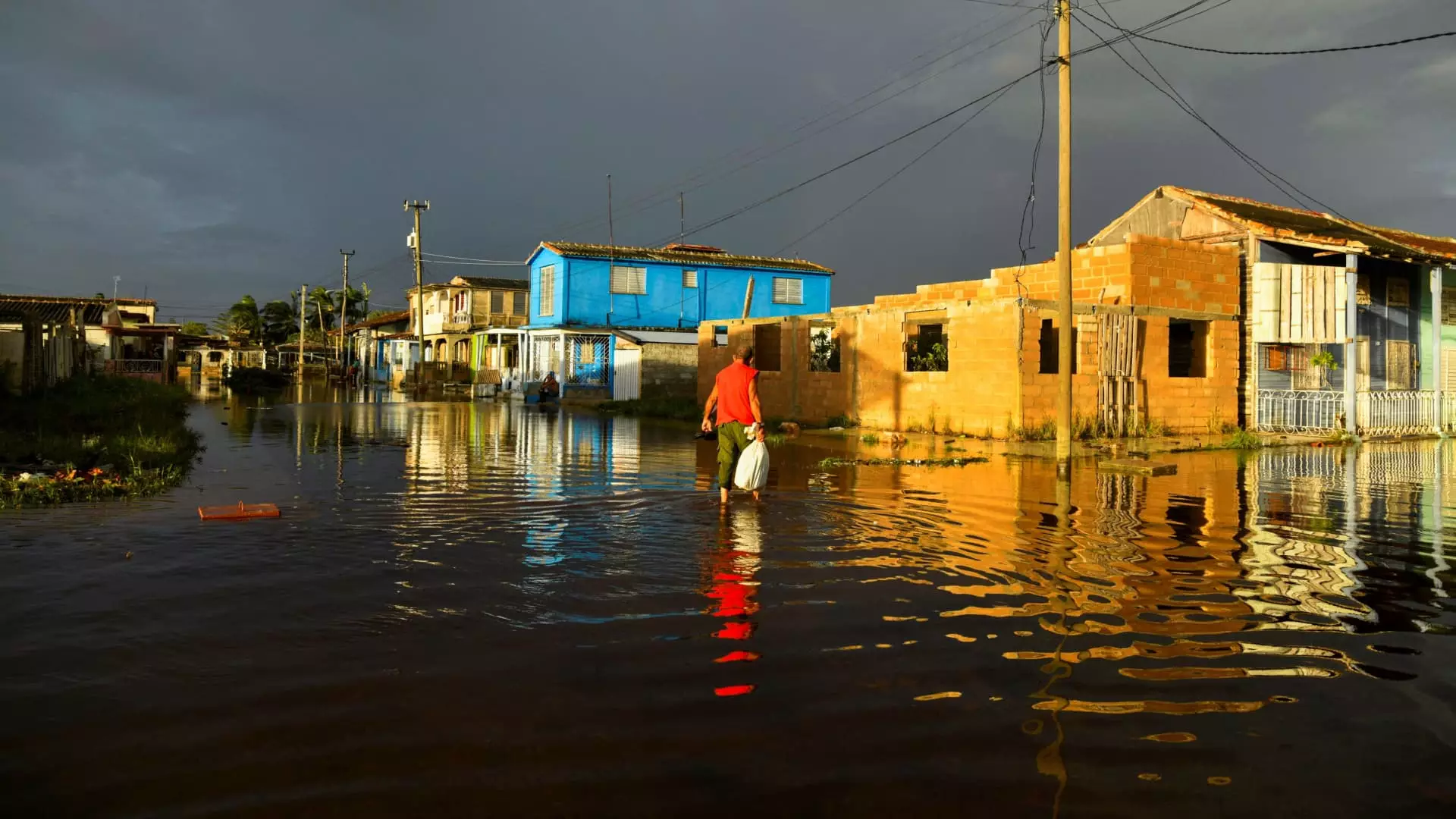On Friday morning, the Gulf of Mexico bore witness to a formidable natural disaster, as Hurricane Rafael emerged as the first major hurricane to impact the area in November in nearly four decades. This unprecedented event carries with it a significant threat to the southern United States coastline, compelling authorities and residents alike to prepare for potentially life-threatening conditions. As the storm churned westward with sustained winds reaching 120 mph, the urgency of the situation only increased, prompted not only by Rafael’s fierce winds but also the dangerous surf and rip-tides it was expected to generate.
Before threatening the U.S. coastline, Hurricane Rafael wreaked havoc in Cuba, where the storm’s winds contributed to a catastrophic power outage affecting millions. Reports confirmed that the impact was so severe that the entire national power grid collapsed, plunging approximately 10 million citizens into darkness. As of Thursday, local authorities confirmed that electricity was still unavailable to many neighborhoods, particularly after wind gusts of up to 115 mph toppled crucial electricity infrastructure, including six vital transmission towers. The dire circumstances prompted Cuba’s President Miguel Díaz-Canel to intervene personally, visiting the affected regions and encouraging repair efforts. This marks Cuba’s second full blackout within a month, underscoring the vulnerability of its aging power infrastructure.
Evacuations and Vulnerability: Lives at Stake
In the wake of Rafael, over 283,000 individuals were evacuated, with nearly 100,000 coming from Havana alone. The capital, home to around 2 million residents, possesses a mix of outdated buildings and high population density, making it especially susceptible to catastrophic weather events. As power outages left many without resources, locals resorted to finding refuge in hotels equipped with backup generators, hoping to access some rudimentary level of electricity for essential devices. The resilience of the Cuban population shone through as they rallied together; some establishments opened their doors to provide limited power connections for those in need.
As of 4 a.m. ET on Friday, officials from the National Hurricane Center reported that Rafael was positioned approximately 585 miles east of the Rio Grande’s mouth, advancing west at 9 mph. Tied with Hurricane Kate of 1985, Rafael is recorded as one of the strongest storms to manifest in the Gulf during November, raising alarms within the meteorological community. While predictions indicate that the hurricane may begin to weaken throughout the weekend, it is still poised to unleash hazardous tropical storm-force winds up to 115 miles from its core. This ongoing threat reminds us of the necessity for vigilant preparedness and community resilience in the face of increasingly unpredictable weather patterns.
The emergence of Hurricane Rafael serves as a crucial reminder of the ever-present dangers posed by natural disasters, especially in an era marked by climate change and unprecedented storm activity. As communities brace for Rafael’s aftermath along the Gulf Coast, it is imperative to foster awareness and readiness among residents. In a world increasingly influenced by environmental changes, the capacity to adapt and respond quickly can make all the difference. Communities that come together, sharing resources and support, will undoubtedly emerge stronger from this latest challenge.


Leave a Reply